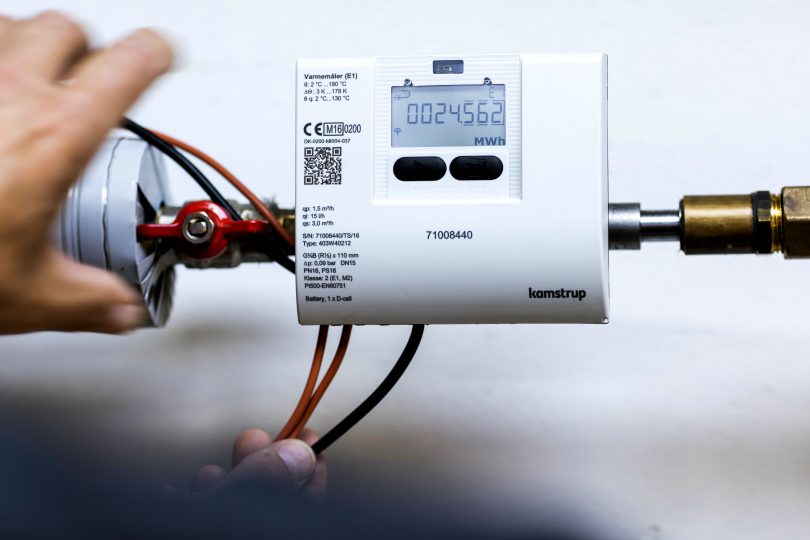Thermal energy meters often fail when exposed to condensation, especially in hot and humid environments. Learn how to choose the right meter and follow the best installation practices by Kamstrup in order to deliver the ultimate protection against condensation.
The Condensation Challenge
Condensation poses a significant challenge to the effective operation of thermal energy/BTU meters. When hot and humid air meets cold surfaces, the air cools and creates moisture. This condensation often leaks onto the meters and into their internal electronics, causing short circuits, corrosion problems, as well as decreased performance and lifespans.
To overcome condensation challenges, it is essential that you choose the ideal cooling meter and follow the best installation practices.
Choosing the Right Meter
Many ‘cooling meters’ (BTU meters) being sold and used today were designed originally for heating applications. As many of these meters lack effective condensation protection, they are often unfit for purpose and suffer from widespread misuse and electrical failures.
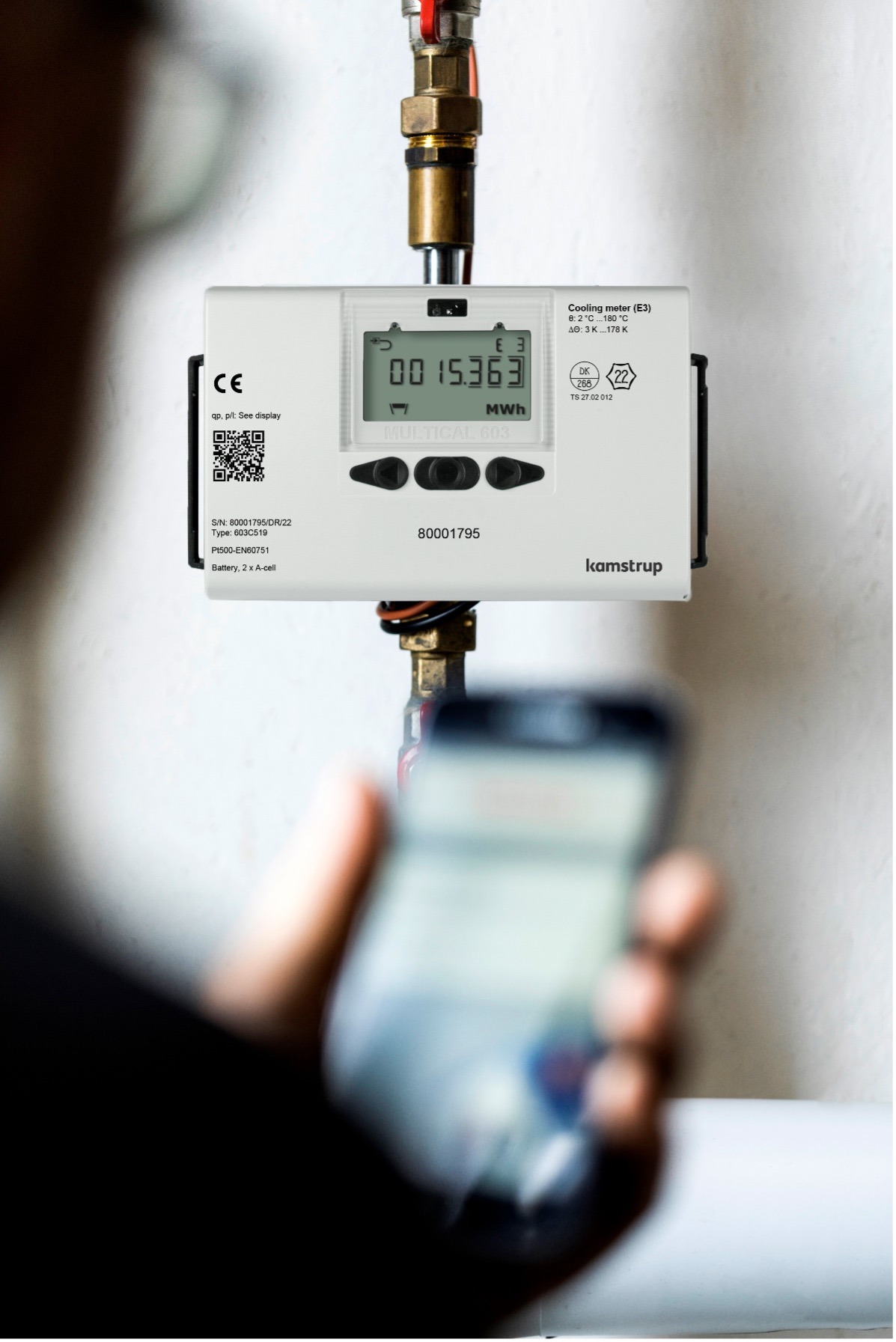
Therefore, it is crucial to choose a cooling meter that is designed exclusively for cooling applications if you wish to avoid breakdowns, inaccuracies and poor performance.
Here is what to look out for when choosing a cooling meter:
- Ingress Protection (IP)
It is used to rate the degree of protection or sealing effectiveness in electrical enclosures against intrusion of objects, water and dust. Check if your cooling meter achieves an effective level of protection.
- Electronics positioned away from sources of condensation
Make sure flow sensors or other sensitive electronics are designed to be installed away from condensation sources to avoid moisture exposure.
- Robust design
Choose a cooling meter that has been designed specifically to withstand harsh environments to guarantee long-term reading and performance stability.
Kamstrup Solution
Kamstrup cooling meter solution is designed and built to survive the cooling environment. All the Kamstrup meters and devices adhere to the highest EN1434 standards. Thus, they provide the highest levels of water protection and offer precision meter reading accuracy throughout their lifespans.

MULTICAL® calculator
- Temperature range: 2-180 °C
- Up to IP65 protection
- Can be battery supplied with a lifetime up to 16 years
- Communication modules: Modbus, Bacnet, M-Bus
- Valve management with PQT controller
ULTRAFLOW® 44
- A flow sensor specifically developed for cooling meters
- IP68 protection (direct contact with chilled water)
- DC voltage is positioned away from where condensation occurs
- Accuracy of up to ± 0.5 per cent at nominal flow qp
- Robust design delivering long-term stability and performance
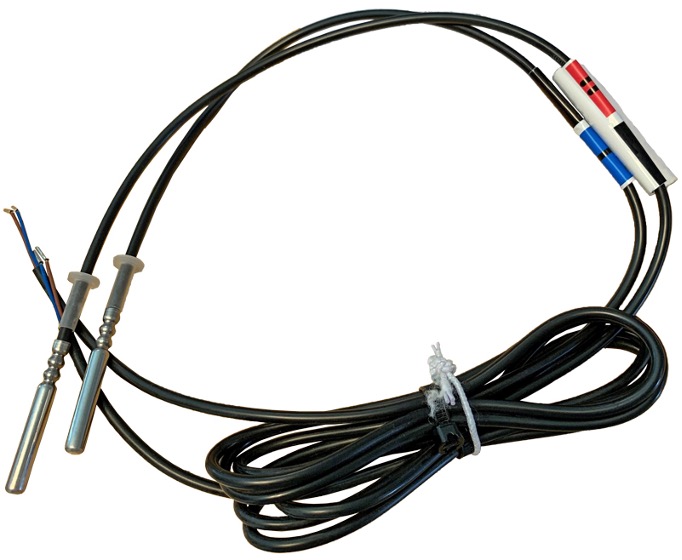
Temperature sensor
- IP68 protection (direct contact with chilled water)
- Direct and pocket sensors
- 2- and 4-wire sensors
- Pressure stage: PN 16/25
- Medium temperature: 2-150 °C
- Maximum cable length: up to 100 metres
- Temperature offset adjustment
Want to learn more about how to choose the right cooling meter? Click here.
Best Installation Practices
Correct installation plays an important role in minimising the risk of condensation-related breakdown for cooling meters. Below is a simple guidance to optimise your installation and operation experience.
Installing the calculator
- Calculator should not be mounted on any of the pipes to avoid condensation
- Install above the flow sensor to ensure condensation does not fall onto the calculator
- Install the calculator in a different room or cabinet if possible
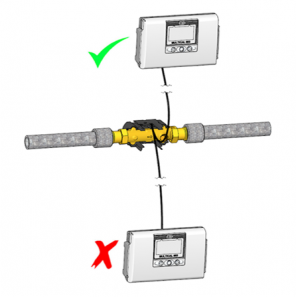
Installing the flow sensor
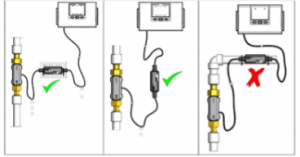
- Install either horizontally or vertically but not on the pipe to avoid continuous transfer of condensation to the flow sensor
- Cables should hang freely downwards after cable connections
- Cables should form a drip nose to allow condensation to drain
- Electronics box should not be mounted on the flow sensor or pipes. It should be mounted horizontally on the wall using a grating and cable strips
- Insulate the flow sensor to ensure the highest energy efficiency
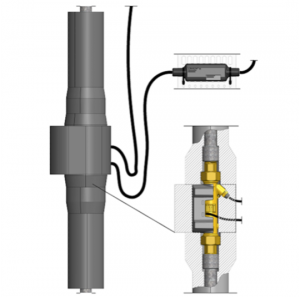
Installing the temperature sensor
- Install from below so that gravity can effectively remove condensation
- Cables should form a drip nose to allow condensation to drain
- Insulate the temperature sensor to ensure the highest energy efficiency
Looking to improve your cooling meter installation knowledge? Click here.
Learn more about Kamstrup’s cooling solutions here.
Connect with a Kamstrup representative at [email protected] or contact us directly at +6012-3822 230.
The views, thoughts and opinions expressed in the text belong solely to the advertiser and does not necessarily reflect those of the Publisher.

 Hong Kong
Hong Kong Singapore
Singapore Indonesia
Indonesia Tiếng Việt
Tiếng Việt ประเทศไทย
ประเทศไทย

